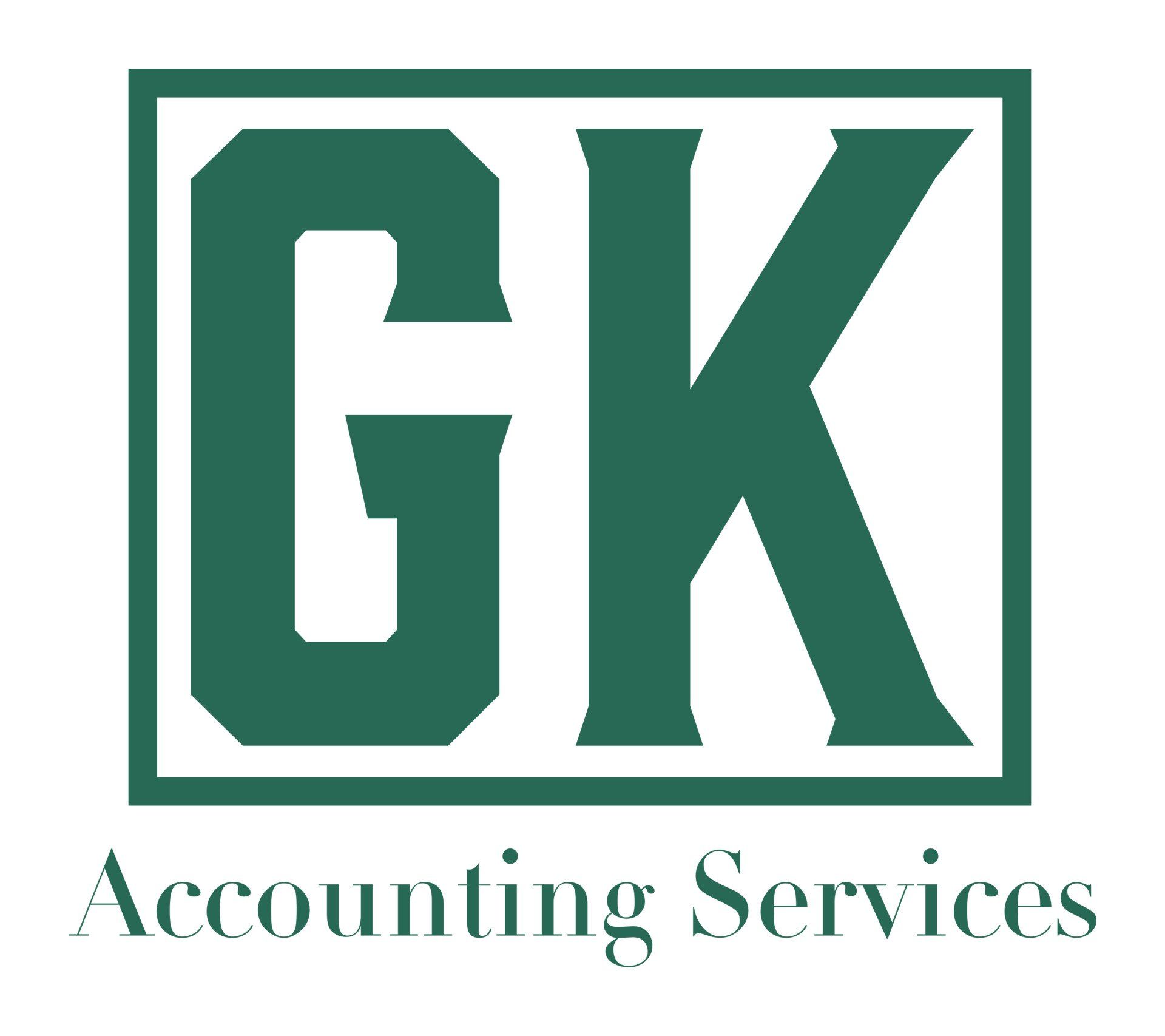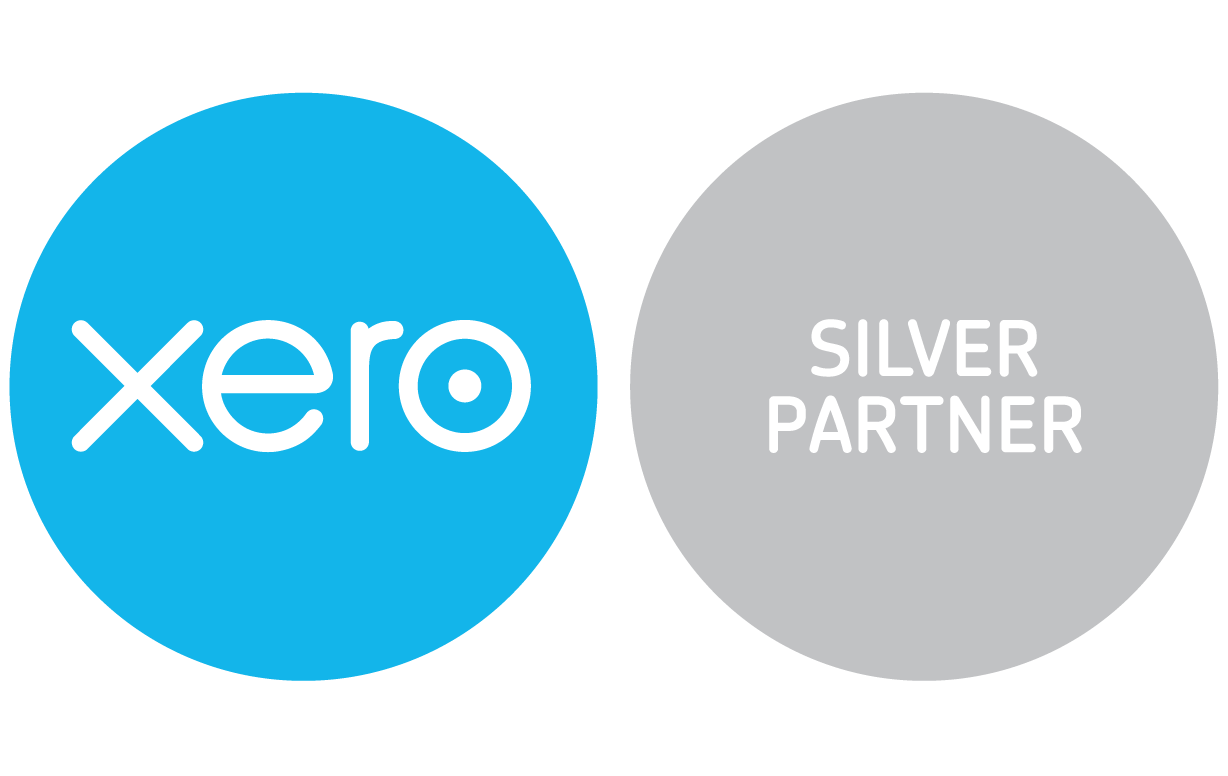Paying Class 4 National Insurance Contributions (NICs) for Self-Employed Individuals
Let us clear this up for you!
Overview:
Class 4 NICs are payable by most self-employed individuals on their profits. The rates and thresholds for the tax year 2024-25 have been updated, and several categories of people are exempt from paying these contributions.
Class 4 NIC Rates for 2024-25:
- Profits Between £12,570 and £50,270: 6%
- Profits Over £50,270: 2%
Key Points:
- Threshold for Liability:
- Self-employed individuals must pay Class 4 NICs if their annual profits are £12,570 or more.
- Comparison with Employees:
- The rate for self-employed individuals is lower than the NIC rate for employees, which is 8% on the same income levels.
- Both self-employed and employed individuals pay 2% NIC on income above £50,270.
Exemptions:
Certain individuals are exempt from paying Class 4 NICs:
- Age-Based Exemptions:
- Under 16: Individuals under the age of 16 at the beginning of the assessment year are exempt.
- Over State Pension Age: Individuals over the State pension age at the beginning of the assessment year are exempt. However, if an individual attains State pension age during the assessment year, they remain liable for the entire year.
- Special Cases:
- Trustees and Guardians: Trustees, guardians, etc., of an incapacitated person are exempt from paying Class 4 NICs on that income.
Practical Advice
- Calculating NICs:
- Assess Annual Profits: Calculate your annual profits to determine if you meet the £12,570 threshold for Class 4 NICs.
- Apply Rates: Apply the 6% rate on profits between £12,570 and £50,270 and the 2% rate on any profits above £50,270.
- Monitoring Income Levels:
- Keep accurate records of your income and expenses throughout the year to ensure proper calculation of NICs.
- Exemption Awareness:
- Determine if you fall into any of the exempt categories to avoid unnecessary payments.
- Tax Planning:
- Consider the impact of NICs on your overall tax liability. Planning for these contributions can help manage cash flow and financial planning.
- Stay Updated:
- Keep informed about any changes in NIC rates or thresholds that may affect your contributions.
Example Calculation:
Let’s consider a self-employed individual with an annual profit of £60,000:
- Profits Between £12,570 and £50,270:
- Applicable Profits: £50,270 - £12,570 = £37,700
- NICs at 6%: £37,700 * 0.06 = £2,262
- Profits Over £50,270:
- Applicable Profits: £60,000 - £50,270 = £9,730
- NICs at 2%: £9,730 * 0.02 = £194.60
- Total Class 4 NICs:
- £2,262 + £194.60 = £2,456.60
The individual would need to pay £2,456.60 in Class 4 NICs for the tax year 2024-25.
Conclusion:
Class 4 NICs are a crucial part of the self-employed tax obligations. Understanding the thresholds, rates, and exemptions helps ensure accurate and timely payments. Proper planning and record-keeping can optimise your tax position and ensure compliance with HMRC regulations.





